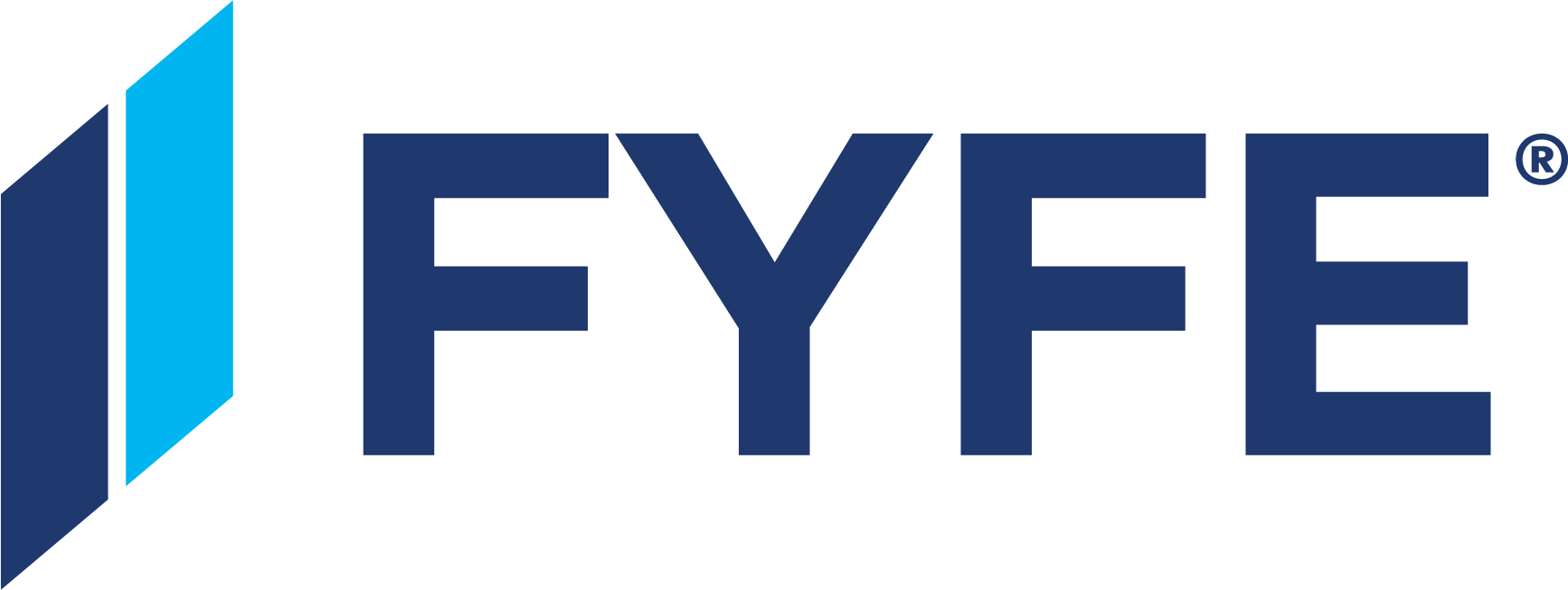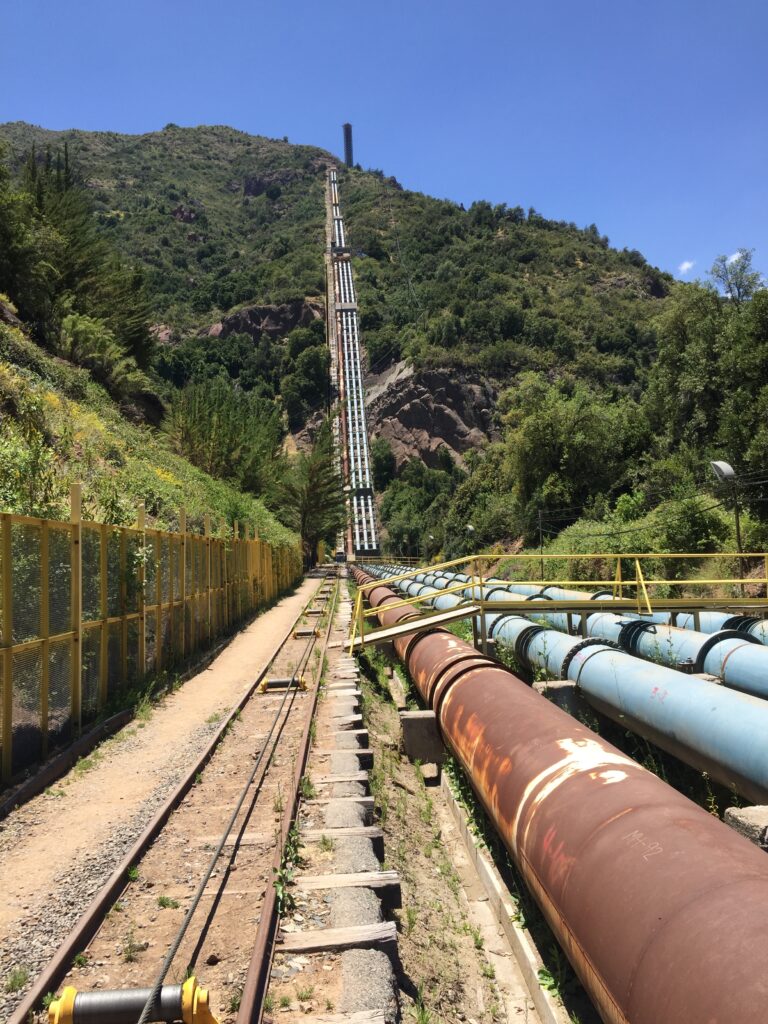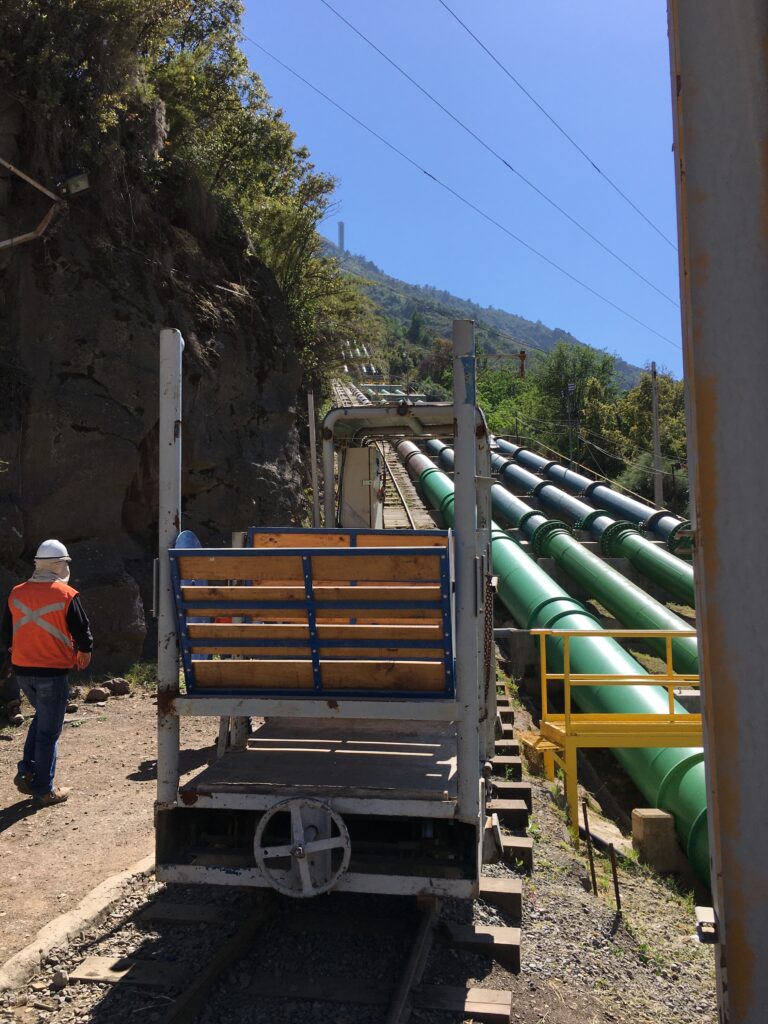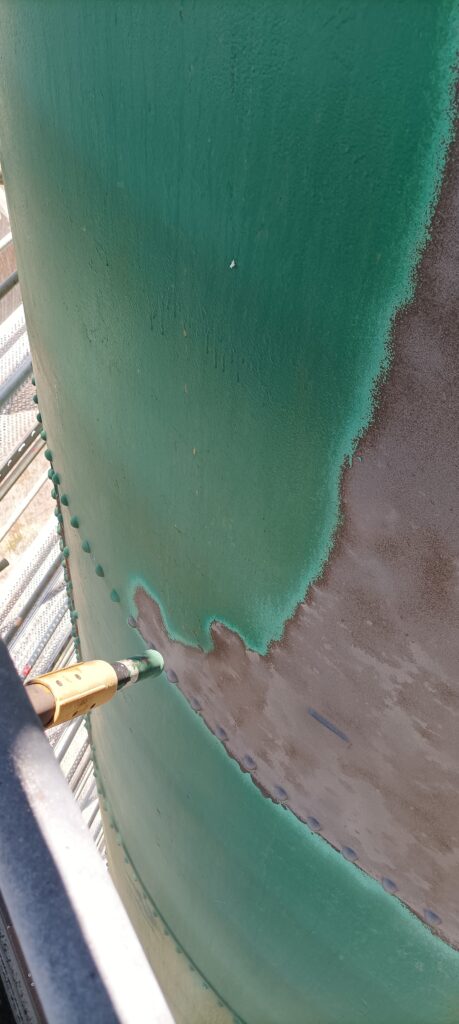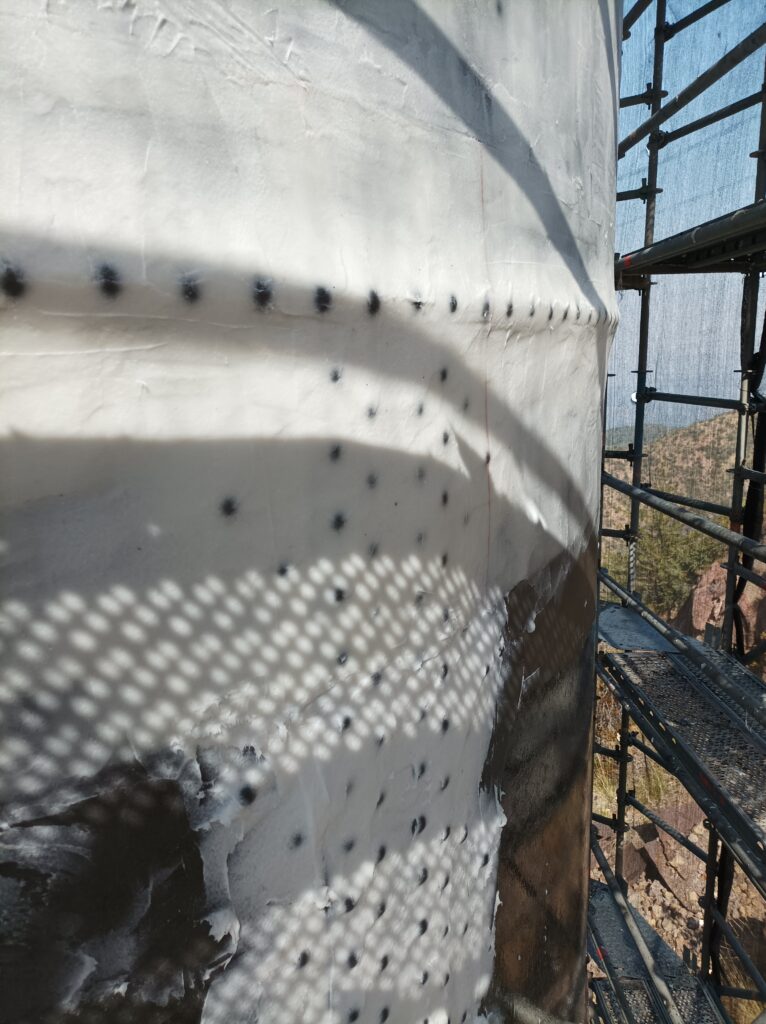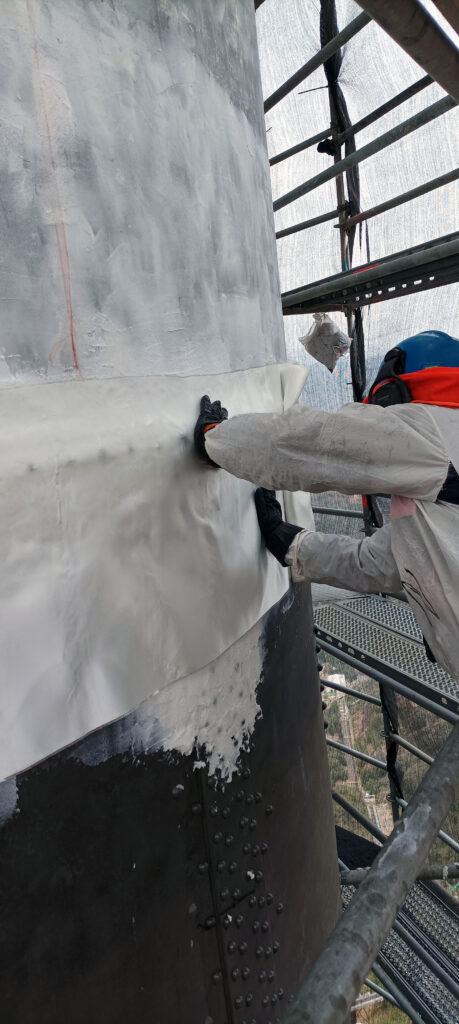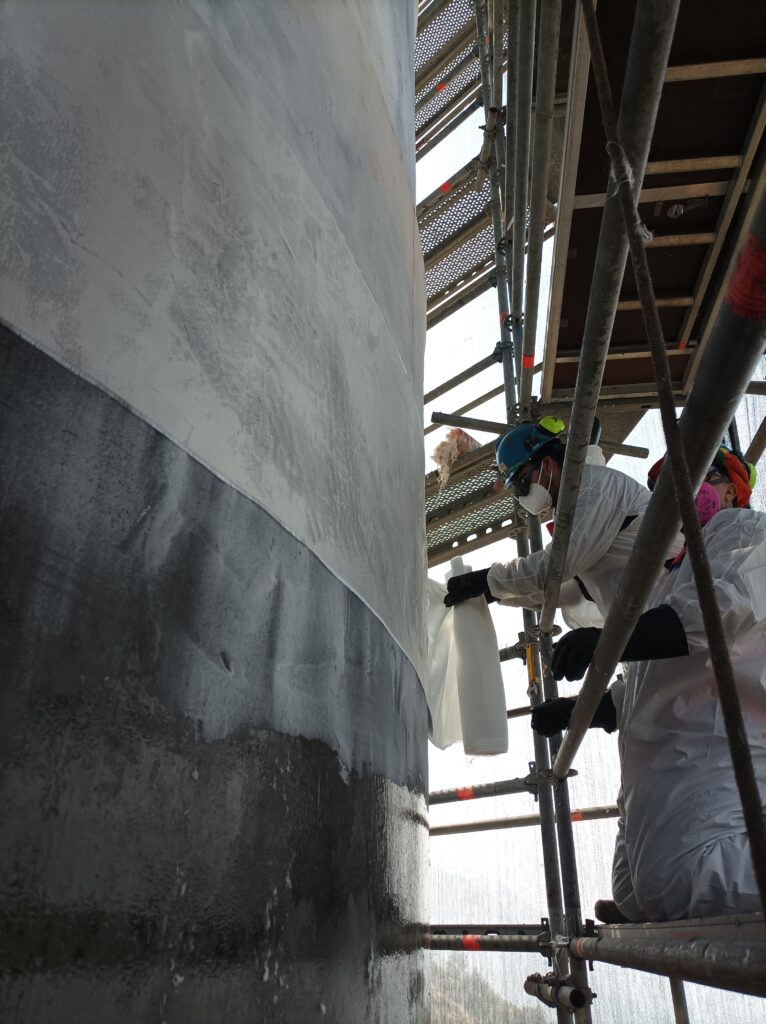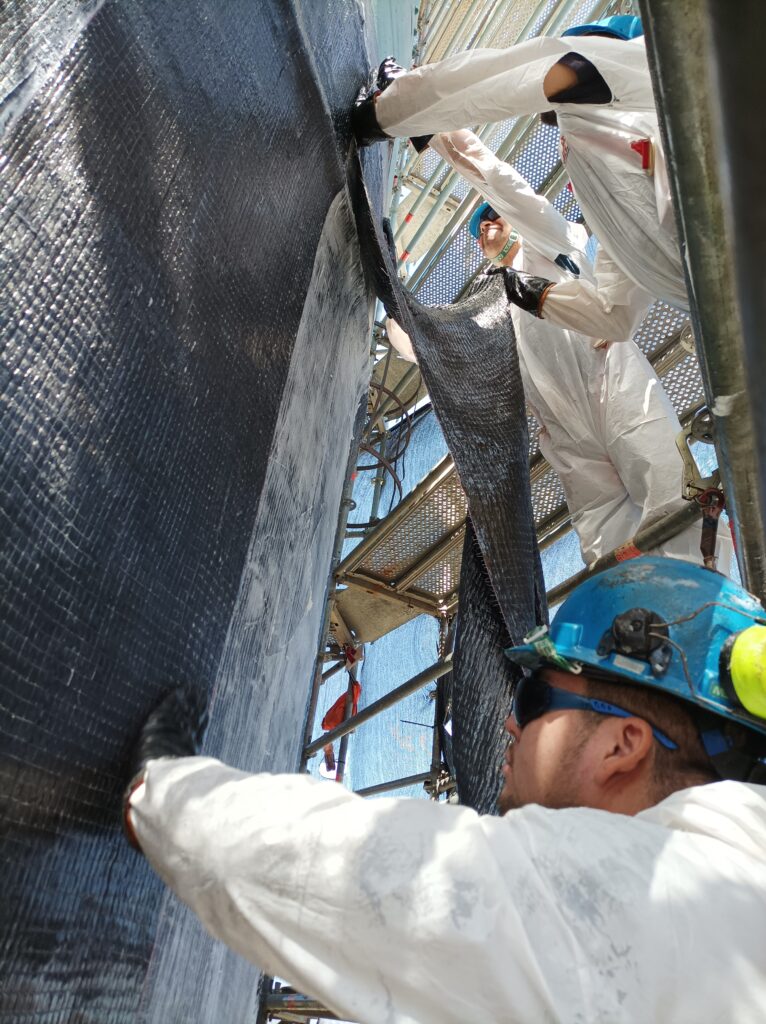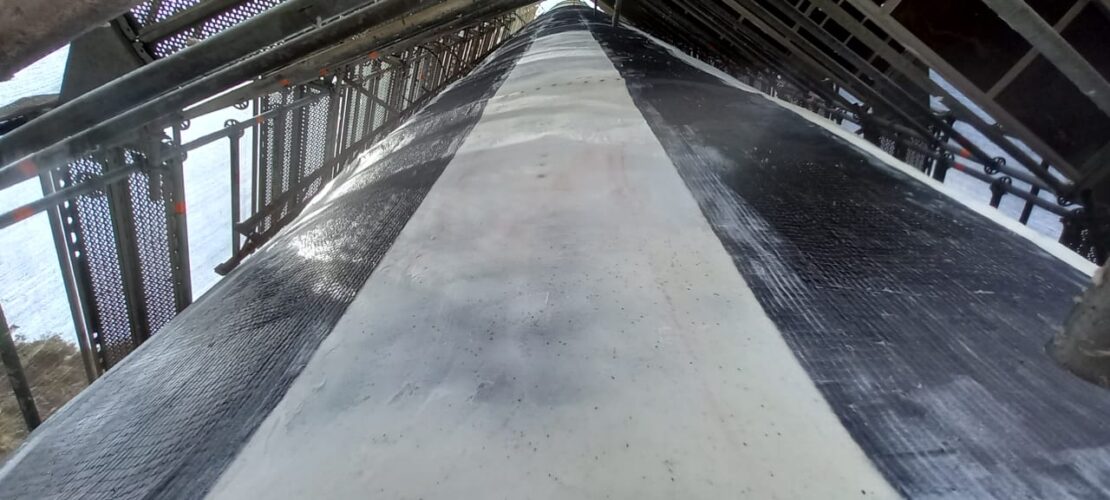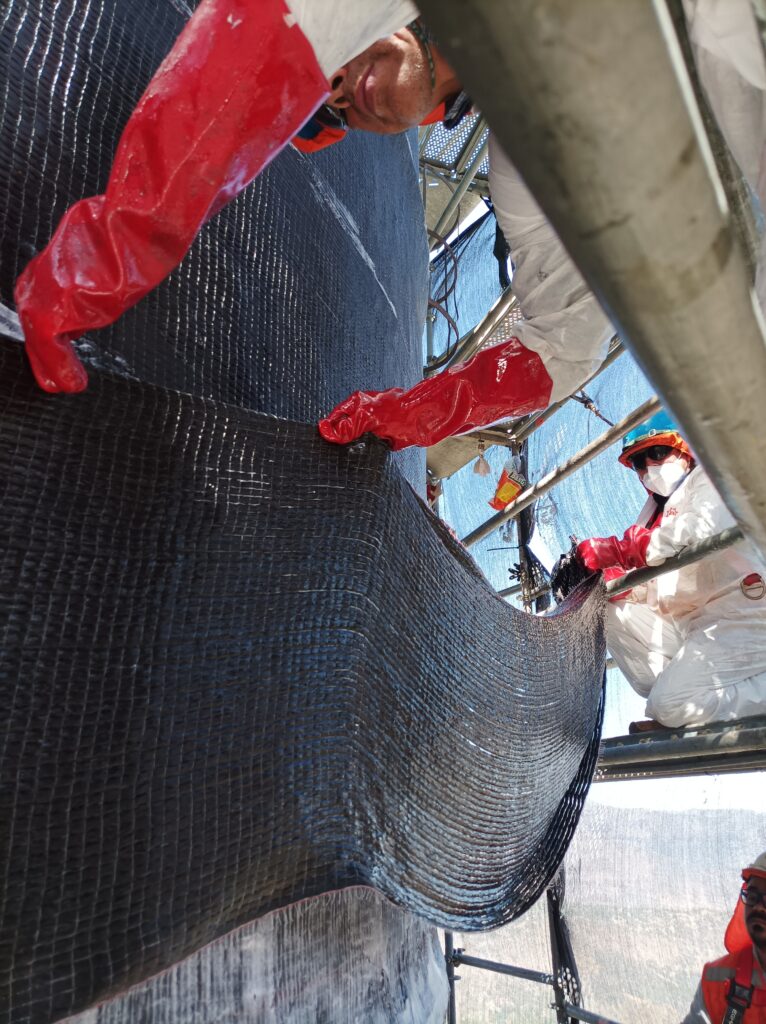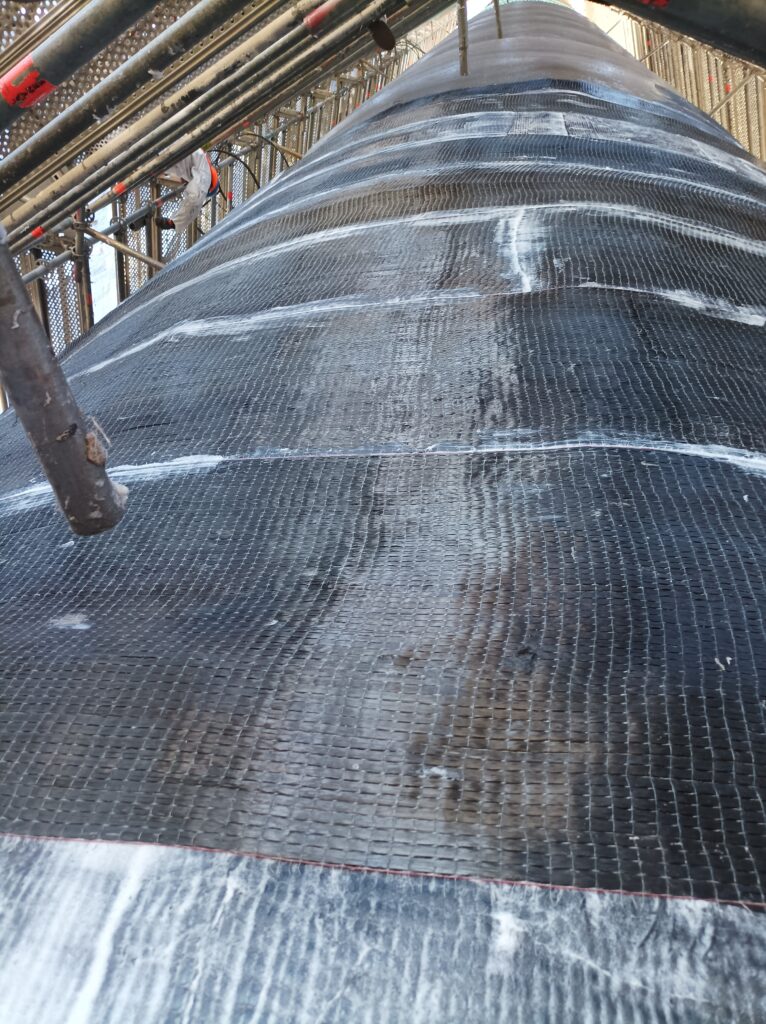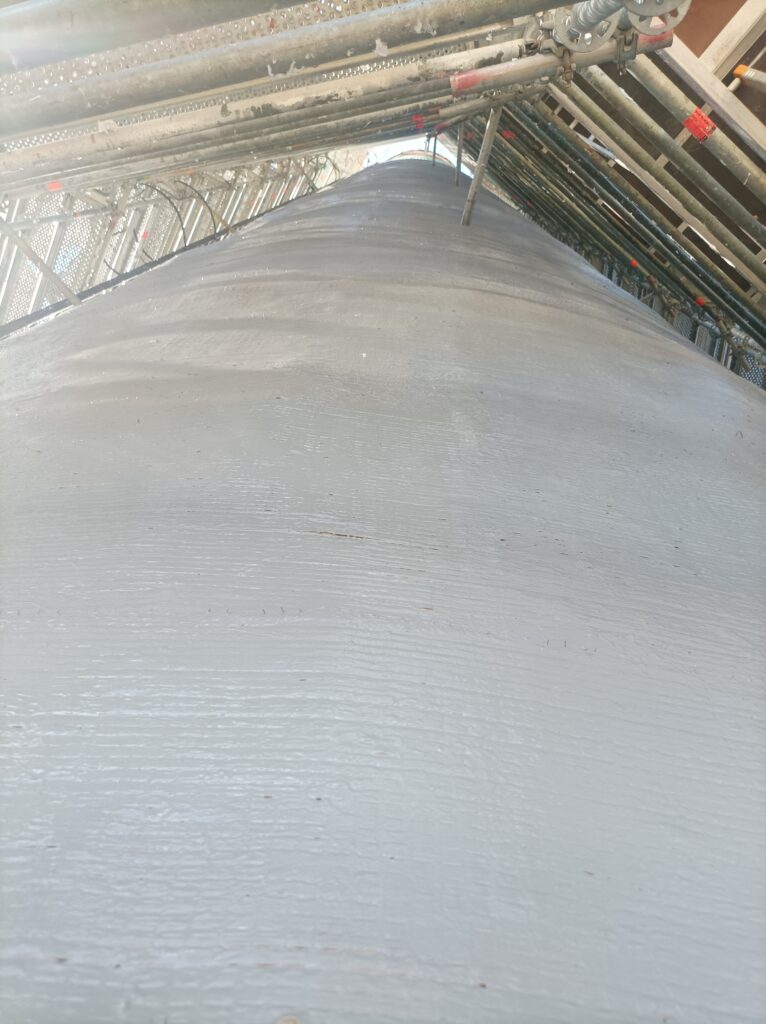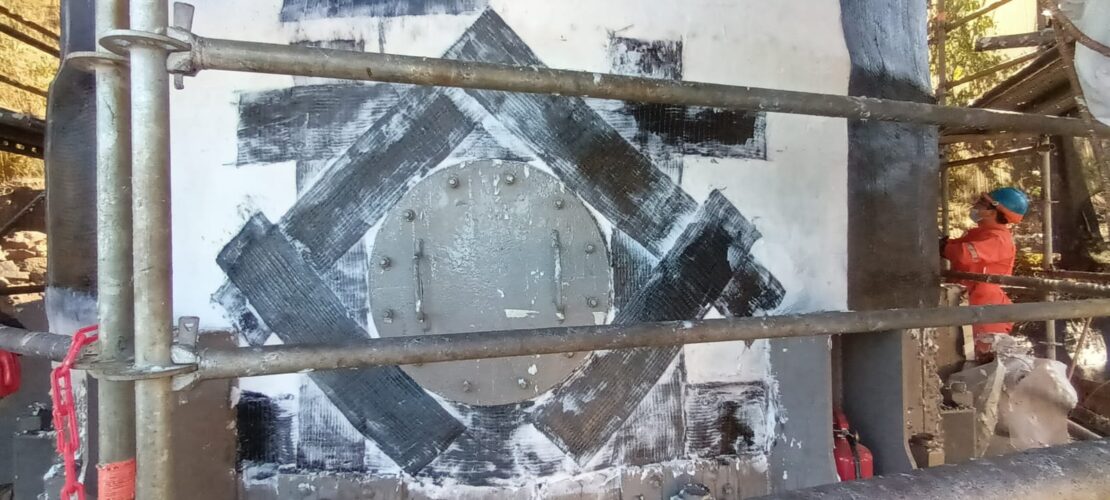SEISMIC REHABILITATION, TYFO® SYSTEM
WHY SEISMIC REHABILITATION WAS REQUIRED
A 100-year-old, 130-ft tall and 16-ft diameter rivetted steel surge shaft, which forms part of a hydropower facility in the Andes mountains of South America was identified as suffering from corrosion. The owners commissioned a third party to analyze the shaft and they found the structure to be deficient under seismic demands and full of water. The analysis was completed in accordance with local seismic regulations and AWWA D103.
To resolve the issue, it was identified that additional bending strengthening was required, and Fyfe was called upon to design a solution. The Tyfo System was engineered to provide the required vertical tension reinforcement which provides additional bending capacity on the vertical shaft structure. It included the application of horizontal FRP material to confine the vertical tension reinforcement for proper detailing and anchorage.
THE TYFO SYSTEMS SOLUTION
Fyfe’s local certified applicator, CAFI, has a 20-year history of working with Fyfe FRP and the Tyfo Systems. The company was commissioned to carry out the rehabilitation work which included the installation of FRP to the bottom 33 ft of the shaft and a polyurethane finish coating applied on entire 130- ft tall structure.
The application process included surface preparation - sand blasting the shaft to achieve a steel surface profile of SP-10 – to achieve a near white metal surface profile.
The 15-person crew then careful cleaned away dust and debris created from the abrasive blasting process. They then immediately primed the surfaces with neat Tyfo S epoxy to maintain the prepared surface ready for bonding.
The corrugations were treated with thickened Tyfo S epoxy to ensure gradual transitions for the fiber application. Tyfo WEB and Tyfo SCH-41-2X materials were applied with the wet lay-up method. The Tyfo SCH-41-2X was designed to provide the required vertical tension capacity for the shaft to meet the seismic bending requirements. Tyfo SCH-41-2X material was then applied horizontally to confine the vertical material, and finally an exterior grade polyurethane coating was applied.
Fyfe recommends that all FRP applications include a proper finish coating – this being an exterior and remote location, the most durable and robust finish coating was suggested for optimal protection and to minimize maintenance requirements.
To ensure the best possible quality installation a Fyfe trained third party inspector conducted daily review of quality including a list of employees per shift, surface temperatures during each shift, material lot numbers used each shift, defect identification and repair summary, and recorded adhesion test results.
CHALLENGES FACED BY THE FYFE CERTIFIED APPLICATOR
The installation team were faced with several challenging situations including:
- Working in a remote location in the mountains in South America – the journey each day took nearly an hour with the crew taking an incline (rail cart) up the mountain to access the work site.
- Working from height on scaffolding and at altitude.
- Winds on site of up to 25 km/hr.
- Working materials were delivered by helicopter and incline.
The project itself took 12 months of planning due to the logistical challenges of transporting materials and the need to correctly protect the crew who had to work in short shifts due to the job site’s altitude. The FRP scope of work including surface preparation, FRP application and finish coat application took four months.
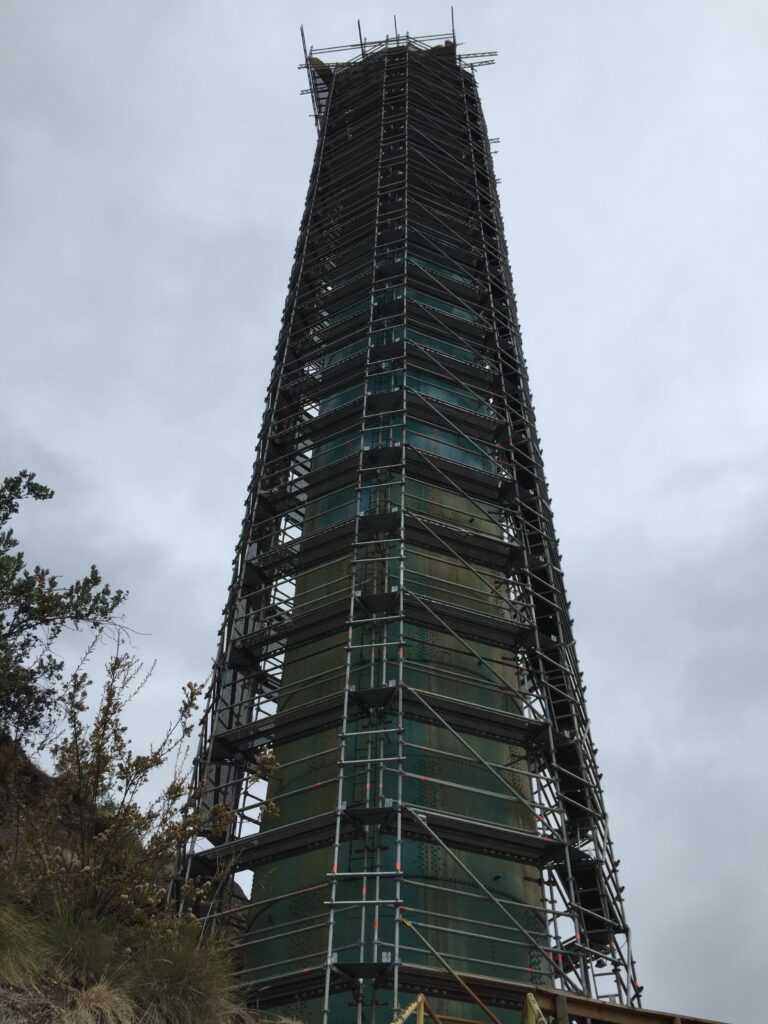
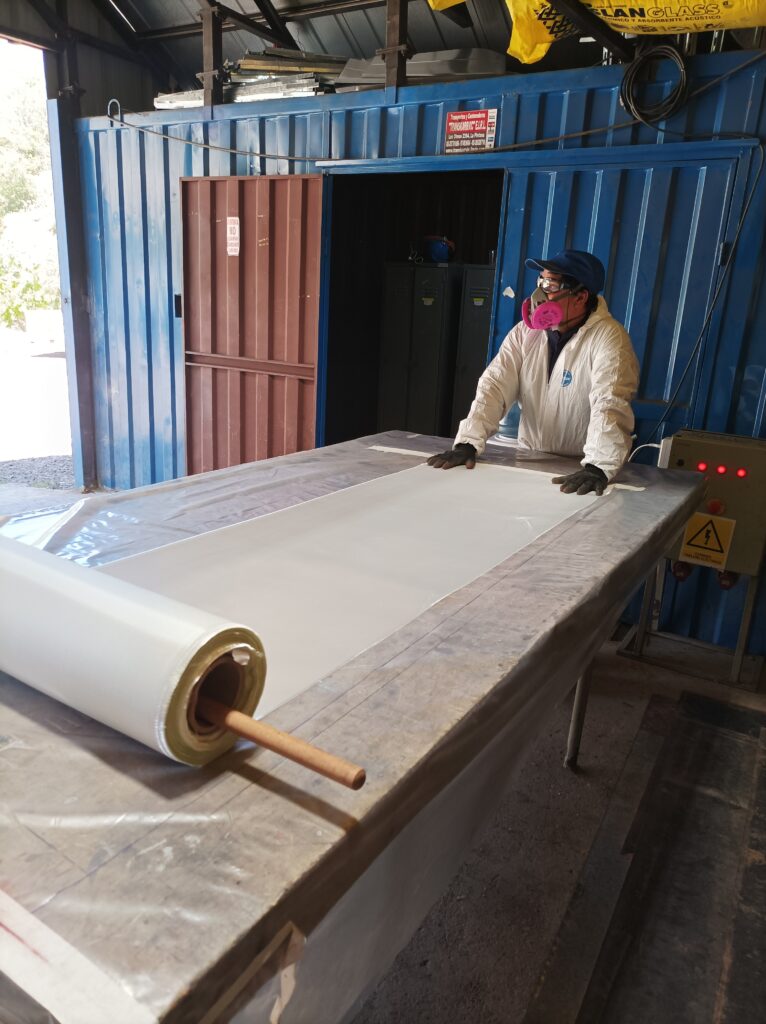
WHY CHOOSE FYFE:
Fyfe FRP was chosen to provide the solution to this issue due to the company’s experience with design in similar applications, experience with detailing the product on rivetted steel structures and the certified applicator working on the project trusted Fyfe’s knowledge, experience and the Tyfo material.
Other alternatives such as welding steel plates or total replacement was estimated to be cost prohibitive with a longer required project duration than the Fyfe solution.


